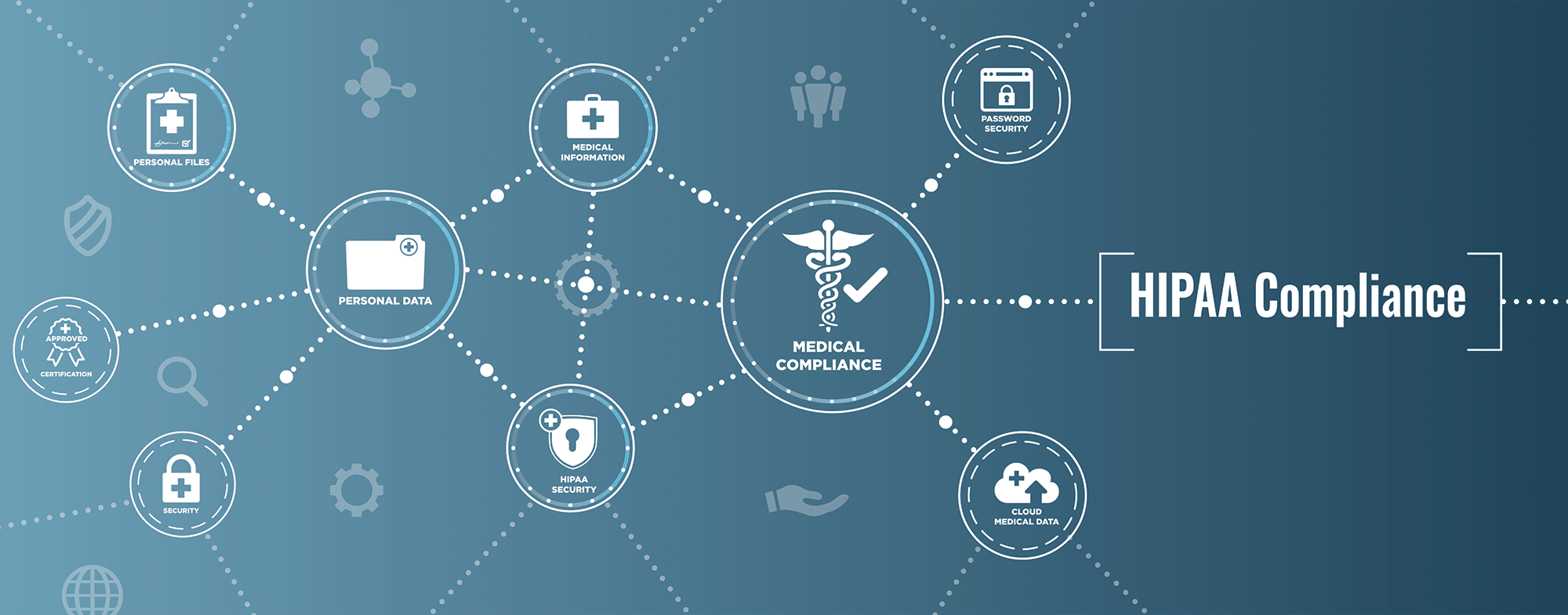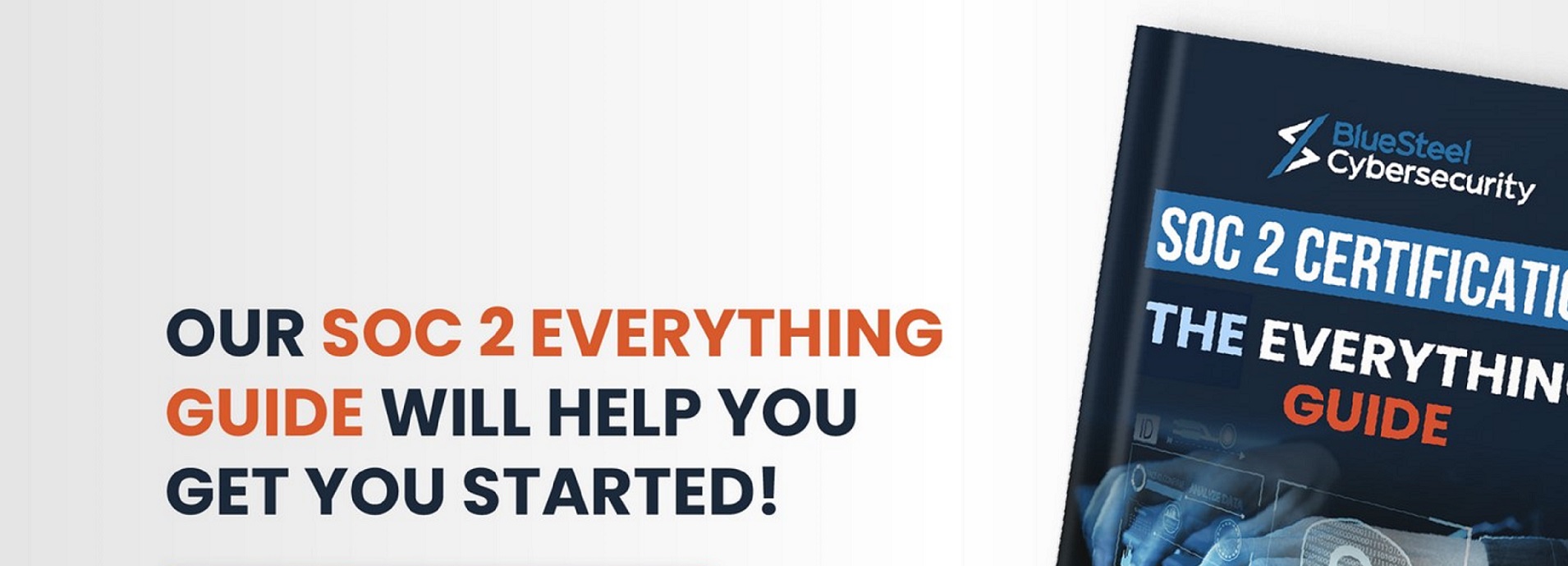A HIPAA risk assessment, a vital component of any healthcare organization’s operations, serves to guard the integrity, confidentiality, and accessibility of protected health information (PHI). In essence, this systematic process identifies, analyzes, and manages potential risks that may jeopardize the security of PHI.
The importance of such an assessment cannot be overstated. With the increased digitization of health records and an evolving threat landscape, a rigorous HIPAA risk assessment aids in thwarting unauthorized PHI access, thus ensuring legal compliance and preserving patient trust.
Key takeaways from this guide include:
- Understanding the significance of HIPAA regulations
- Learning effective methods for identifying potential risks to PHI
- Assessing risk severity
- Implementing effective mitigation strategies
- Conducting ongoing risk assessments
- Leveraging practical tips for a successful HIPAA risk assessment
Understanding HIPAA Regulations
HIPAA (Health Insurance Portability and Accountability Act) is a federal law established in the United States in 1996, ensuring the protection and confidential handling of PHI. It’s comprised of several rules, including the Privacy Rule and the Security Rule, each holding unique implications for risk assessments.
The Privacy Rule focuses on the rights of individuals over their health information and the appropriate use and disclosure of PHI by covered entities. Meanwhile, the Security Rule standardizes the protective measures necessary for electronic PHI (ePHI), establishing administrative, physical, and technical safeguards.
HIPAA regulations pertain to risk assessments by requiring covered entities to identify and address potential risks to the confidentiality, integrity, and availability of PHI. It necessitates a consistent risk management process and mandates the documentation of this process for accountability and regulatory purposes.
In terms of PHI, it can take several forms, including names, social security numbers, medical record numbers, and photographic images, among others. Understanding the different types of PHI helps determine potential risk areas and fortify safeguards accordingly.
Identifying Potential Risks
In a HIPAA risk assessment, the process of identifying potential risks is paramount. This involves a thorough inspection of all areas where PHI is stored, transmitted, or processed. It includes electronic systems like Electronic Health Records (EHRs), laptops, and mobile devices, along with physical records and verbal communication.
Various methods can be employed to identify potential risks. For instance, a comprehensive audit of data workflows can unveil where PHI is created, stored, transmitted, and disposed of. Staff interviews, policy reviews, and technology evaluations can also provide insights into potential vulnerabilities.
Common threats to PHI are multi-faceted, ranging from human errors, internal malpractice, phishing attacks, ransomware, to physical theft or loss of devices containing PHI. Vulnerabilities could stem from weak data encryption, inadequate access controls, poor network security, or lack of employee training.
Involving key stakeholders in the risk identification process is crucial. This can include IT staff, administrative personnel, healthcare providers, and even patients, as they can all contribute unique perspectives and expertise.
Evaluating the Severity of Risks
Following risk identification, the next step is to evaluate the severity of these risks. This entails examining the potential impact on PHI and the probability of each risk occurring.
Impact assessment typically considers the scale of potential harm, which may include financial penalties, reputational damage, operational disruption, or harm to patients. Likelihood assessment involves determining the chance of a threat exploiting a specific vulnerability.
Prioritizing risks based on their severity is essential for efficient resource allocation. This process, often termed risk ranking or risk scoring, helps organizations focus on high-impact, high-likelihood risks first. It’s crucial to identify critical areas and vulnerabilities and earmark them for immediate attention.
Implementing Mitigation Strategies
Once risks have been assessed and prioritized, healthcare organizations should devise and implement strategies to mitigate them. These strategies should be proportional to the risk severity, targeting the most substantial risks first.
Mitigation strategies typically involve administrative, technical, and physical safeguards. Administrative safeguards might include policies and procedures, staff training programs, and contingency plans. Technical safeguards can involve access controls, encryption, audit controls, and secure communication methods. Physical safeguards could encompass facility access controls and device security measures.
It’s important to regularly review and update your organization’s mitigation strategies. As risks evolve and new vulnerabilities emerge, continual adjustments to mitigation strategies ensure the effectiveness of the risk management process.
Conducting Ongoing Risk Assessments
Risk assessment isn’t a one-time process, but an ongoing, essential duty within any healthcare organization. As internal operations shift, external threats evolve, and regulatory landscapes change, risk assessments must be conducted routinely to stay abreast of these changes.
The key to effective ongoing risk assessments lies in comprehensive and systematic documentation. From the initial stages of identifying risks and vulnerabilities to evaluating their severity and implementing mitigation strategies, every step should be meticulously recorded. This aids not only in demonstrating compliance during audits but also provides a roadmap for future risk assessments, enabling organizations to track progress over time.
An integral part of ongoing risk assessments is monitoring and reporting. Regular checks should be conducted to ensure that implemented controls are functioning as expected and new risks haven’t emerged. Regular reports, too, serve a dual purpose – they keep all stakeholders informed and provide a methodical way to track and manage risks.
In order to ensure continuous improvement of the risk management process, feedback mechanisms should be incorporated. This allows for adjustment and refinement of processes, making them more efficient and effective over time.
Tips for Making Your HIPAA Risk Assessment Successful
A well-executed HIPAA risk assessment is a careful balance of thorough planning, insightful understanding, and consistent application. Below, we explore some practical strategies to ensure your assessment is both robust and effective.
1. Start with Comprehensive Scope: It’s essential to cast a wide net when conducting a HIPAA risk assessment. Don’t just focus on electronic PHI, but also include all other forms of PHI, such as written records and verbal conversations. Furthermore, remember to scrutinize all systems, workflows, and locations that handle PHI. These areas could range from electronic health record systems and email servers to mobile devices used by staff and storage areas for physical documents. By adopting a comprehensive scope, you are less likely to overlook potential vulnerabilities.
2. Involve Key Stakeholders: A successful risk assessment is a collective effort. By involving staff from different departments and levels within the organization, you stand to gain a more comprehensive understanding of potential risks and mitigations. For instance, IT personnel can provide insights into technical vulnerabilities, while administrative staff can identify procedural weaknesses. Furthermore, healthcare providers can offer a first-hand perspective on the day-to-day handling of PHI, and patients can provide a valuable external perspective on data handling.
3. Prioritize Education: Training and education are your best defenses against many forms of PHI breaches. Regularly educate all staff on HIPAA regulations and their role in protecting PHI. Make sure they understand the importance of compliance, as well as the repercussions of non-compliance, both for the organization and the individuals involved. By instilling a strong sense of responsibility and vigilance among your staff, you can reduce the likelihood of breaches due to human error or negligence.
4. Regular Reviews: A risk assessment is not a set-it-and-forget-it activity. As your organization grows, technologies evolve, and regulatory landscapes shift, so will your risks. Therefore, it’s critical to regularly review and update your risk assessment to reflect these changes. This not only ensures that you stay ahead of new risks but also that your mitigation strategies are still relevant and effective.
5. Clear Communication: Effective communication is crucial in any risk management endeavor. Ensure that the outcomes of risk assessments, including identified risks, their severity, and planned mitigation strategies, are communicated clearly and effectively to all stakeholders. This includes executive leadership, healthcare providers, administrative staff, IT personnel, and any other parties involved in the handling of PHI. By ensuring everyone understands their role in maintaining PHI security, you foster a culture of compliance and collective responsibility.
By following these tips, you can carry out a successful HIPAA risk assessment that not only helps you comply with regulations but also significantly strengthens your organization’s defenses against PHI breaches.
Conclusion
A HIPAA risk assessment is not merely a regulatory requirement but a fundamental aspect of maintaining patient trust and safeguarding the reputation of a healthcare organization. This comprehensive guide underscores the importance of understanding HIPAA regulations, identifying and evaluating potential risks to PHI, implementing effective mitigation strategies, and conducting ongoing risk assessments.
As key takeaways, remember that risks to PHI can arise from a multitude of sources, so your risk assessment should be equally broad in scope. Involving stakeholders across your organization can provide invaluable insights into potential vulnerabilities and effective countermeasures. Regular reviews and updates to your risk assessment are paramount to keeping up with evolving threats and changes within your organization.
As a final tip, remember that the success of your risk assessment relies heavily on clear communication and training. Ensuring all members of your organization understand the importance of HIPAA compliance, their role in protecting PHI, and the outcomes of risk assessments is a significant step toward creating a culture of compliance and safety.
Additional Resources
For further reading and resources on conducting risk assessments under HIPAA regulations, consider the following:
- HIPAA Compliance
- The HIPAA Guide offers resources including a guide to HIPAA compliance, training materials, and news on recent HIPAA breaches and settlements.
- The Department of Health and Human Services provides a wealth of information on HIPAA regulations, including detailed guidance on the Privacy Rule and the Security Rule.
In summary, while conducting a HIPAA risk assessment might seem challenging, with careful planning, systematic execution, and continual improvements, you can effectively protect your patients’ information and ensure your organization’s compliance with HIPAA regulations.







